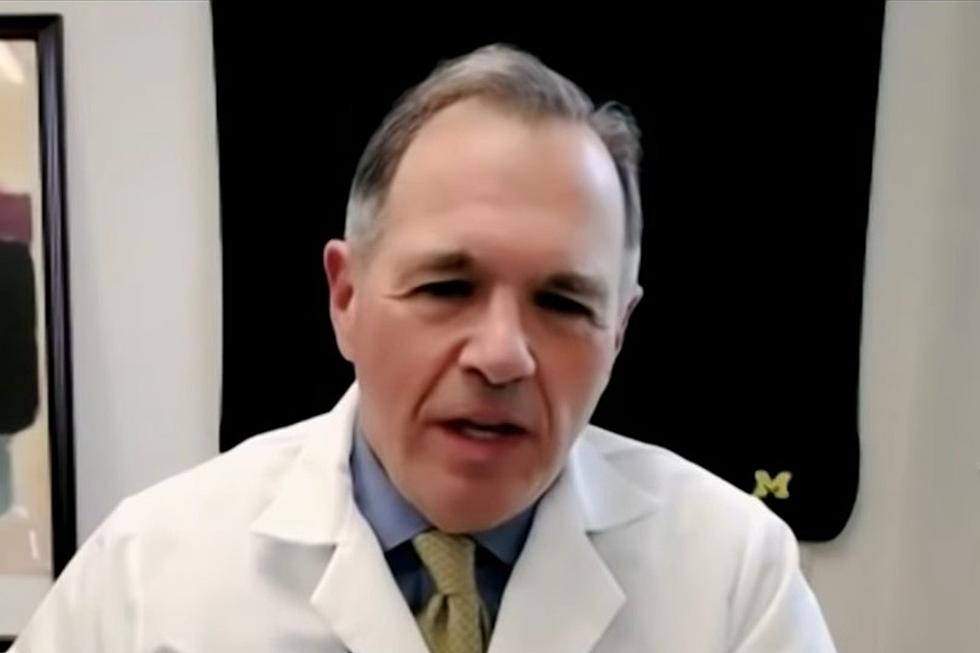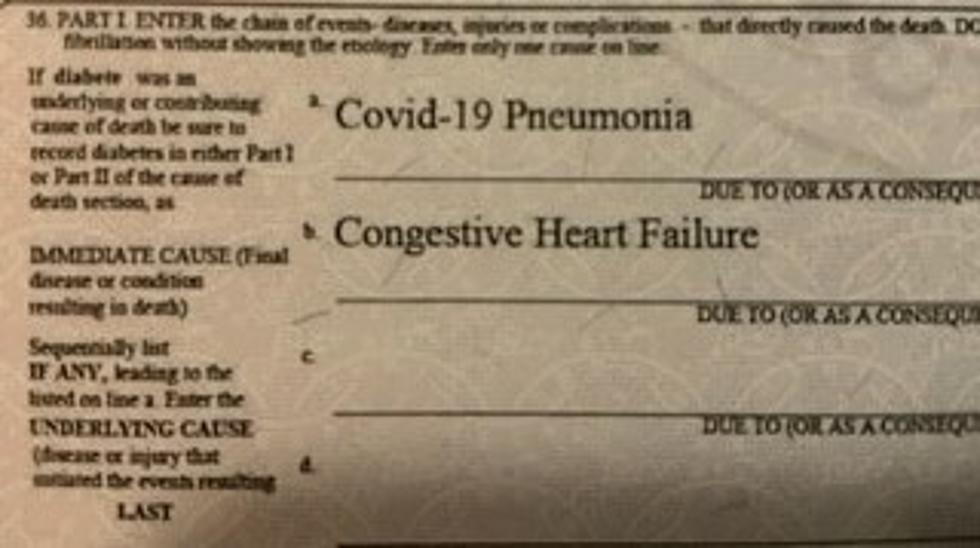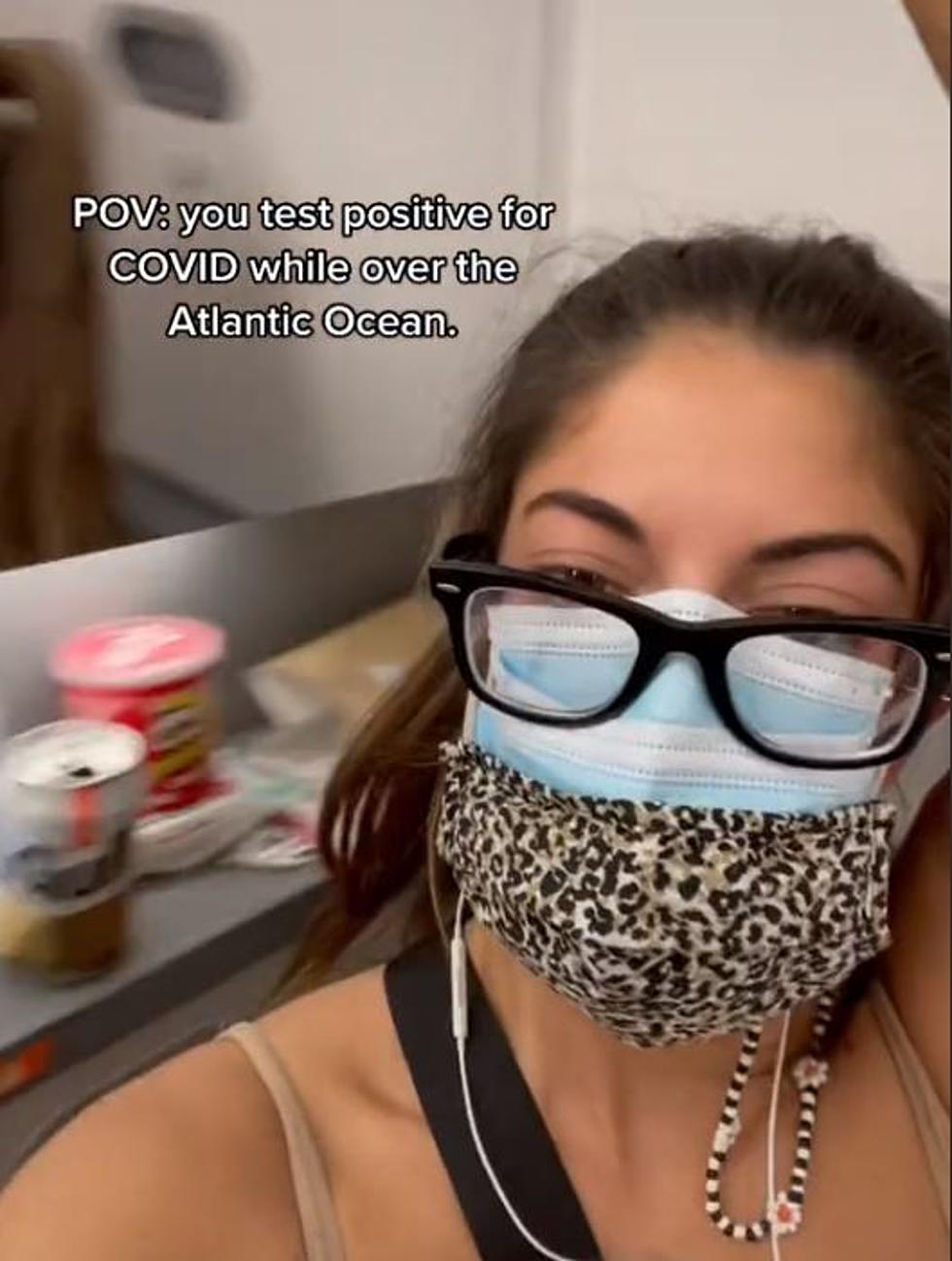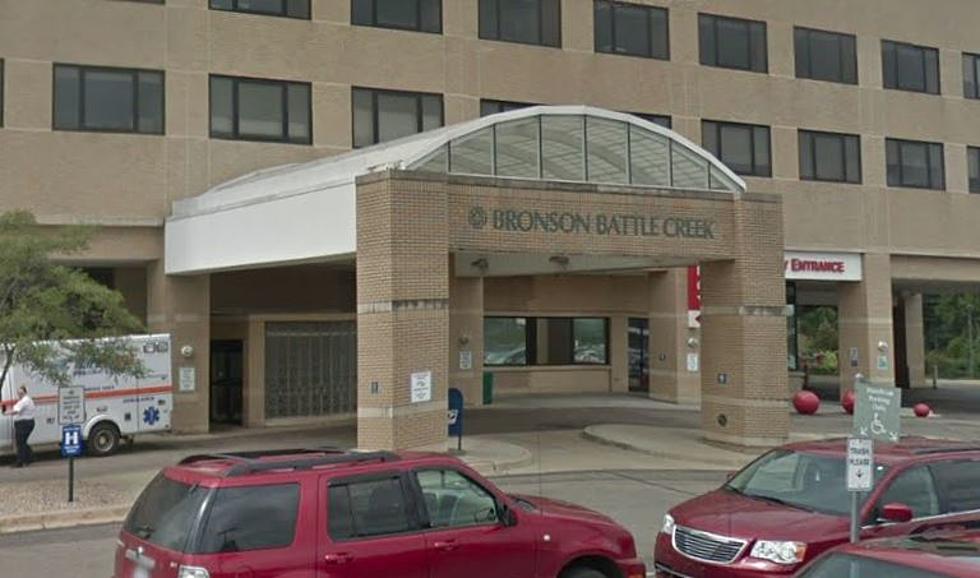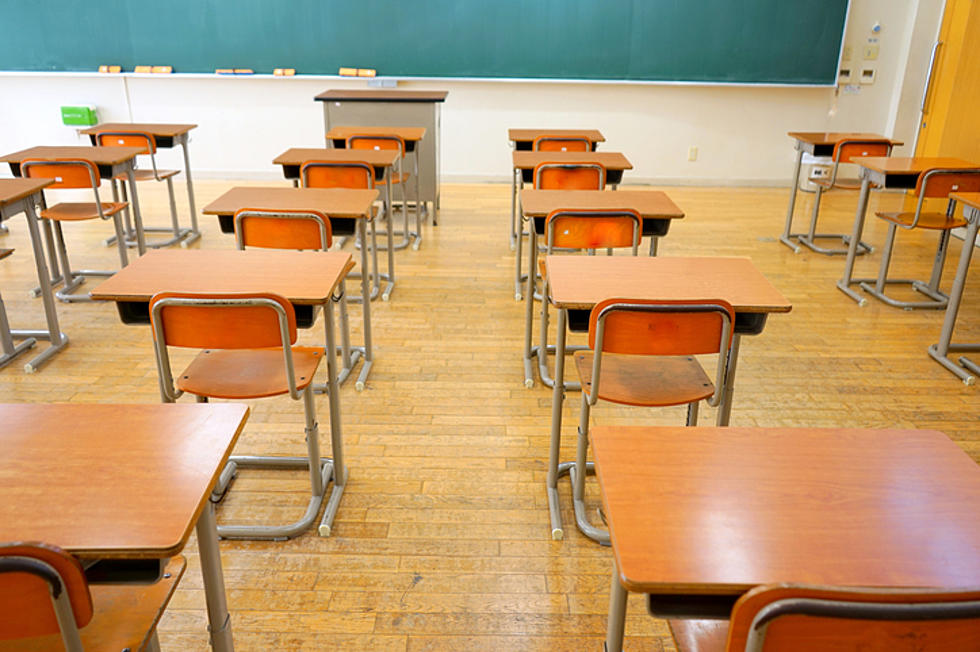
State Advances Septic Line COVID-19 Testing
The State of Michigan is getting serious about its work to trace the COVID-19 virus through septic lines. It is awarding close to $10 million to not quite two dozen project sites around the state. Michigan State University is by far getting the most out of the human waste testing handouts. MSU is receiving over $2.1 million for equipment, and training technicians on methods and procedures.
Overall, the Michigan Department of Environment, Great Lakes, and Energy (EGLE) and the Michigan Department of Health and Human Services (MDHHS) are announcing nearly $6.6 million in grant funding, and close to $3.1 million in laboratory equipment has been awarded. 20 different organizations are going to get the money as the state ramps up this brand new pilot program to track the virus. The pilot programs involved are being managed by 29 local health departments supported by 18 laboratories around the state. More than one hundred universities and municipal governmental units are hosting the test sites.

The idea is simple, but the end result in terms of how the test data will be applied is another matter. It isn’t hard to tap a septic line to take samples. It can be done with pinpoint accuracy even to the point of tapping a line from an individual toilet. Then when it is determined who has used the facilities, pretty easy to narrow down potential virus carriers. But how does the city or town or university then use the data? That part of it is still being developed. Critics say some cities could tap lines at specific businesses for targeted testing and potential operating restrictions.
The public information release from EGLE notes that, “Local health departments are a crucial part of the pilot project as they will provide local interpretation and drive local mitigation efforts based on the reported results. These local efforts have the potential to be an early warning system for the spread of COVID-19 within a specific community or for coronavirus outbreaks on college campuses and at other densely populated facilities.” The department has additional information posted on a special web page about the program.
LOOK: 50 photos of American life in 2020
More From WKMI


